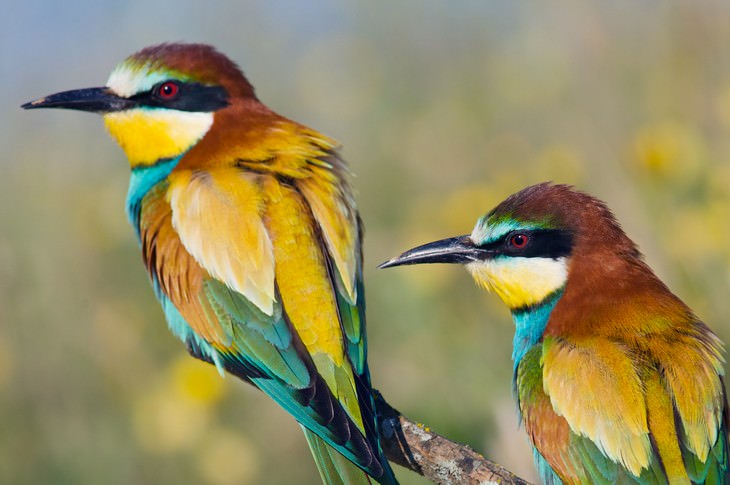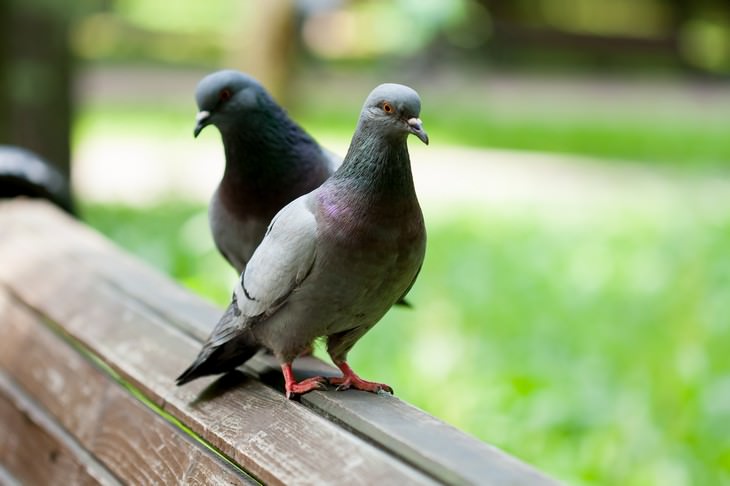
The term ‘bird brain’ is used as dismissively to describe someone who’s not the sharpest tool in the shed, or in other words, isn’t very smart. It turns out, however, that the root of this idiom is completely wrong. Recent studies have found birds capable of making tools, understanding abstract concepts, and even recognize paintings by Monet and Picasso!
There is one eminent difference between the brains of birds and mammals, which have long puzzled scientists and turned the cognitive abilities mentioned above into a mystery. Avian brains lack a neocortex, which is the area of the mammalian brain where working memory, planning, and problem-solving happen. In a gross comparison, avian and mammalian brain structures have nothing in common, yet mammals and birds have many of the same cognitive abilities. How is that possible?

The question of how birds support mental talents that they’re supposedly not meant to have intrigued Martin Stacho, a neuroanatomist at Ruhr-University Bochum, so he decided to investigate the avian forebrain, which controls perception. Stacho and his team examined microscopic slices of three homing pigeon brains using 3D polarized light imaging. This high-resolution technique allowed them to analyze the circuitry of a forebrain region called the pallium, considered most similar to the mammalian neocortex.

The scientist compared the images of the birds’ pallia with those of rat, monkey, and human cortices. The analysis revealed that the fibers in birds pallia are organized in a strikingly similar manner to fibers of mammals cortices. Moreover, when removing and analyzing the browns of deeply anesthetized pigeons and owls, the researchers discovered circuits in the sensory regions that were also similar to those found in the mammalian neocortex. It is this connection between the structures, rather than the structures themselves, that explain why birds are as cognitively able as mammals.
“Although bird and mammalian brains “look very different, this study shows us they are actually wired in very complementary ways,” said says John Marzluff, a wildlife biologist and specialist on crows at the University of Washington, Seattle (who is not involved in either study).
Does all that mean birds have an awareness of what they see and do? To put this fascinating question to the test Andreas Nieder, a neurophysiologist at the University of Tübingen, observed the brains of carrion crows (Corvus corrone) as they responded to cues. This bird species is known as ‘feathered apes’ for their high intelligence.
Nieder and his team trained two lab-raised, 1-year-old crows to move or stay still in response to a faint cue displayed on a monitor. When the birds were correct, they were rewarded. The scientists implanted electrodes in crows’ brains to record any neuronal signals as they reacted. When the birds were in action, their neurons fired, suggesting they had consciously perceived the cue; but when they didn’t, their neurons were silent.

The meaning of consciousness, and whether it’s uniquely human, is of course a difficult and philosophical debate, but these recent findings are undoubtedly exciting. Stacho and Nieder add that the building blocks for mammalian and avian cognition may have been present in their last common ancestor, some 320 million years ago. While human and avian brains have obviously developed differently, it’s fascinating to see how similar they still are in their perceptual and cognitive abilities.
If you enjoyed this article, pass it on to other science and nature lovers